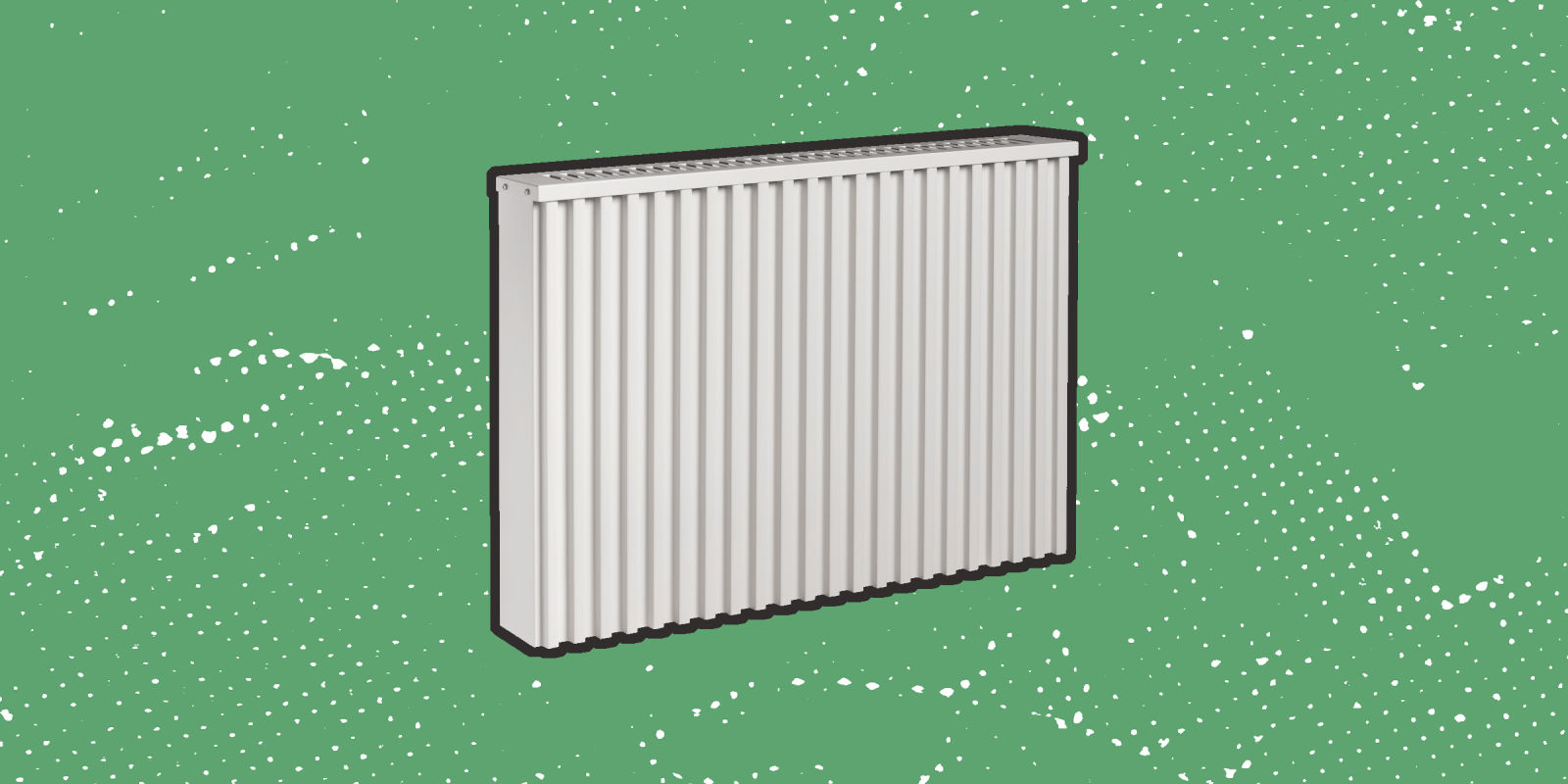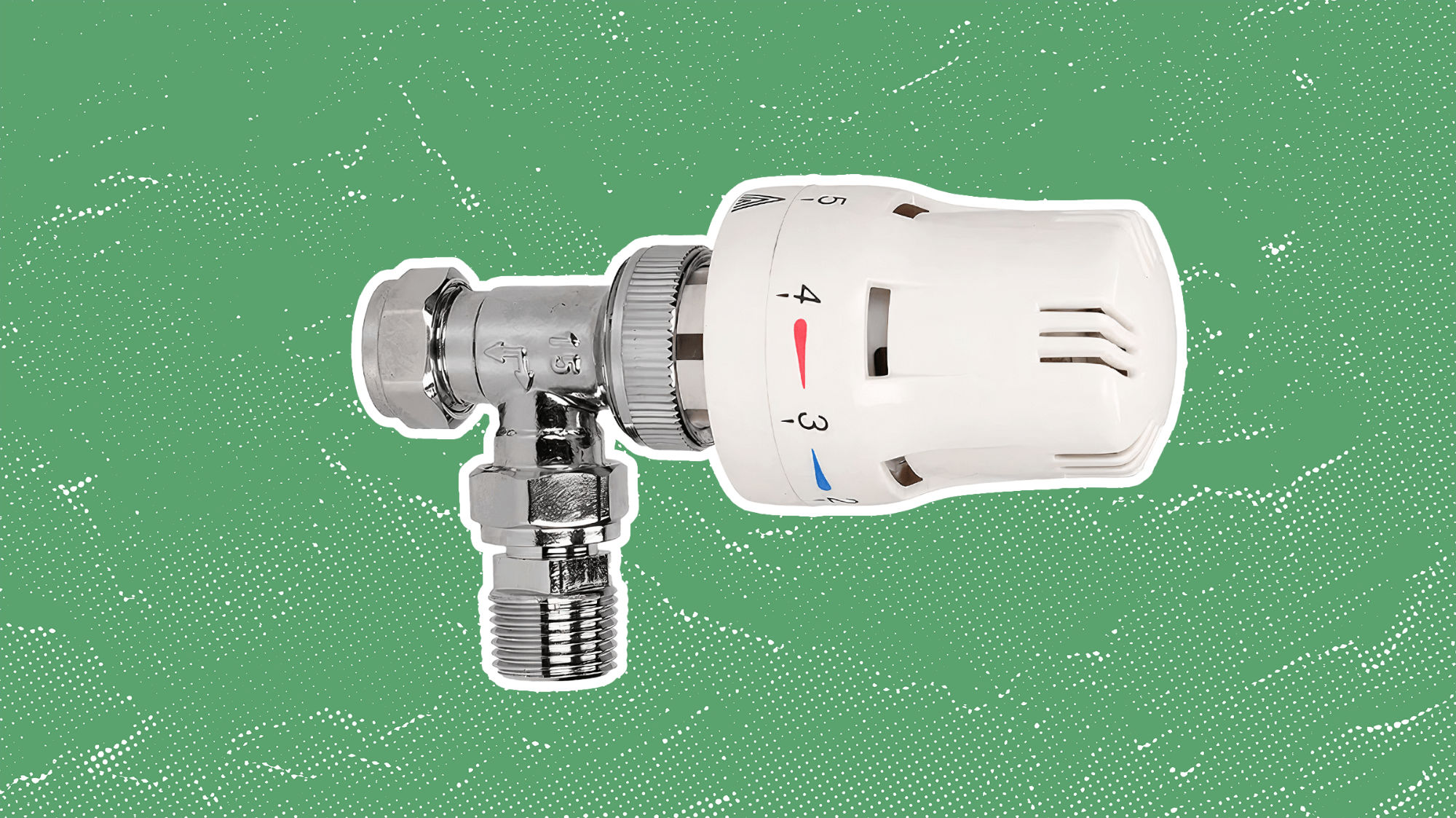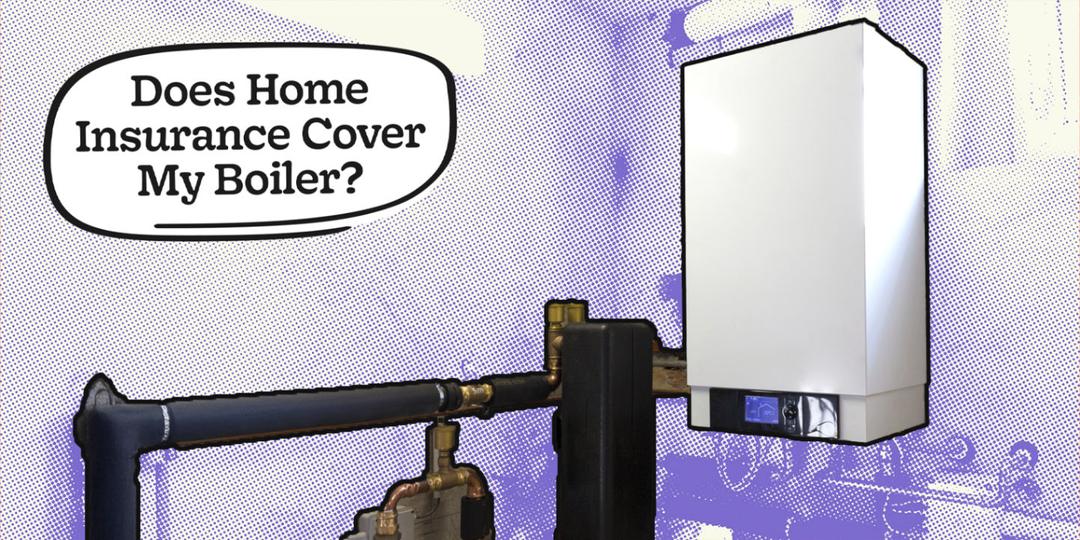"If you've lost the heat from your radiators, you've lost the soul from your home" - Gandhi (we think). Anyway, enough of that nonsense, let's get to the TRUTH of why your radiators aren't heating up.
If your radiators aren’t heating up, you’re probably sat in an absolutely biblically freezing cold house, wondering if your central heating has finally given up, am I right?
Whether it’s one radiator not getting hot, a newly installed radiator staying stone cold, or you’ve bled your radiators but they’re still not heating up, you’re in the right place.
Here’s the good news: a cold radiator doesn’t always mean your boiler is broken. In fact, the fix is often quick, simple, and something you can do yourself. (Although, if you do need a new boiler, that’s a very convenient coincidence…)
Let’s walk through the most common reasons radiators don’t heat up - and exactly what you can do to fix them.
By the way, cold radiators don’t always mean you need a new boiler, sometimes, the fix is simple (but, we do sell new boilers if you need one, which is a co-incidence, isn’t it?).
Also related: If your boiler isn’t working properly, check out common boiler issues and how to fix them.
Why Are My Radiators Not Heating Up?
Radiators rely on a steady flow of hot water from your boiler. If one or more aren’t heating up, it’s likely due to one of the following reasons (or, more than one, if you’re really unlucky):
Trapped air in the system
This is the most common issue and is easily fixed by bleeding your radiators.Sludge buildup
Over time, rust and dirt collect at the bottom of radiators, blocking hot water flow.Faulty radiator valves (TRVs)
If stuck or closed, valves can prevent heat from circulating properly.Low boiler pressure
If your boiler pressure is too low, it won’t push hot water around the system.Unbalanced heating system
Some radiators might be taking all the heat while others are left freezing to radiator death.
May be of use: If your boiler pressure keeps dropping, find out why your boiler might be losing pressure.

Troubleshooting Table
Here’s the a snapshot bunch of reasons why your radiators might not be heating up:
Issue | Symptoms | Fix |
Trapped Air | Radiator cold at the top, warm at the bottom | |
Sludge Buildup | Radiator warm at the top, cold at the bottom | |
Faulty Valve | Radiator completely cold | Check and replace TRV or lockshield valve |
Low Boiler Pressure | No heat in multiple radiators | |
Unbalanced System | Some radiators hot, others cold | Adjust the lockshield valves |
One Radiator Not Heating Up?
If one radiator isn’t heating up, but the rest are working fine, the issue is likely isolated to that specific radiator (and not a system wide problem, which is really is great news)
Tips to fix one radiator not heating up:
First, check the radiator valves (TRVs)
Sounds basic, but make sure both the thermostatic radiator valve (TRV) and lock shield valve are open. You can do this by turning the radiator valve to a number higher than 0 (or, sometimes it is a frosticle).Bleed the radiator
Trapped air can stop hot water from reaching the top of the radiator. You’ll need a bleed key to do this, and here’s a guide on what to do.Try balancing the system
If some radiators are getting too much heat, others might not get enough. Balancing the system will fix this.Check for blockages
Sludge buildup inside the radiator could be stopping the flow of hot water.
If your radiator is heating unevenly, learn how to balance your heating system.

A New Radiator Not Heating Up?
Just had a cowboy install a brand-new radiator, but it’s staying cold? The problem could be airlocks, incorrect valve settings, or even a faulty installation.
The fixes are pretty much the same as above, but we’ll summarise them again for the lols.
Bleed the radiator
New radiators often have air trapped in the system.Check both valves are open
If either the TRV or lock shield valve is closed, no hot water will flow through.Ensure your system is balanced
Your new radiator might not be getting its fair share of heat.Flush the system
If the system is full of debris, it could be blocking hot water from reaching the new radiator.
HELP! If your radiators need a deep clean, here’s some tips on how to flush your system.
😩 Radiator Still Cold After Bleeding?
Bleeding your radiators is supposed to fix cold spots, so if you’ve bled your radiator but it’s still not heating up, you’ve probably done it bleeding wrong.
Again, here’s the process to get it fixed:
Check the boiler pressure
If it’s too low, re-pressurising it might solve the problem. Here’s how to top up your boiler’s pressure.Bleed the radiator again
Sometimes, air moves around the system after the first bleed.Inspect for leaks
A drop in pressure after bleeding could mean a leak somewhere in your system.Flush out any sludge
If your radiator is still cold at the bottom, it could be full of rust and debris.
HELP! Need to top up your boiler pressure? Here’s how to re-pressurise your boiler.
When to Call a Heating Engineer
If you’ve tried all the fixes above and your radiators still aren’t heating up, it might be time to call a professional. Let’s be honest, you probably wanted to call a professional anyway, because who on earth wants to get covered in sludge.
You should get help if:
Your boiler keeps losing pressure after re-pressurising.
You suspect a leak in the system.
Your heating system is old and inefficient.
🔁 Should You Get a New Boiler Instead?
Sometimes, a new boiler is the smarter long-term fix - especially if:
You’re constantly repressurising the system
Multiple radiators are cold
Your current boiler is over 15 years old
Our Commercial Director, Phill Cox added: “If your current boiler is beyond repair, or even if it’s in perfect working order, it might be time to get a new boiler regardless as I’ve got targets to hit”
Final Thoughts
As we repeated over and over again above, if your radiators aren’t heating up, the fix could be as simple as bleeding them, adjusting the valves, or balancing the system.
However, if your system is old and full of sludge, a power flush or even a new boiler might be the best long-term solution.
Good luck, you’re gonna need it.





